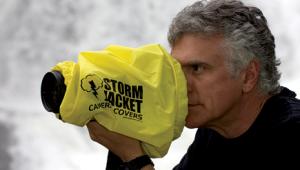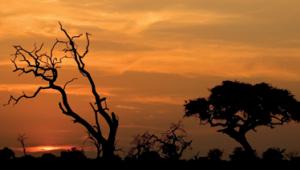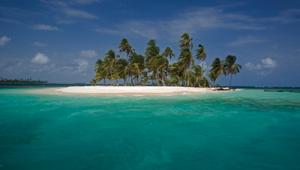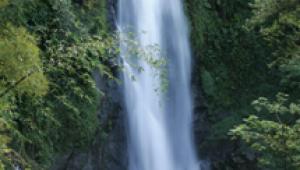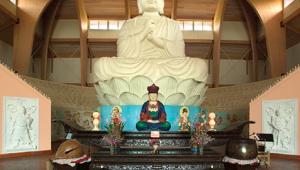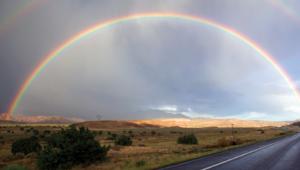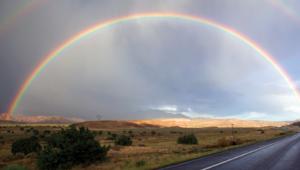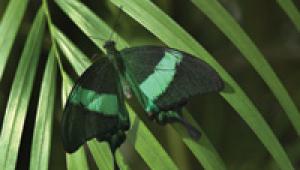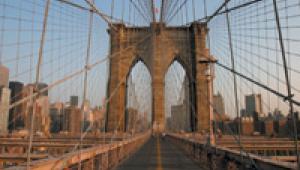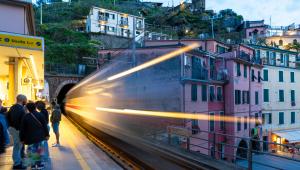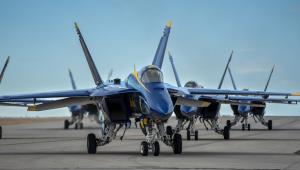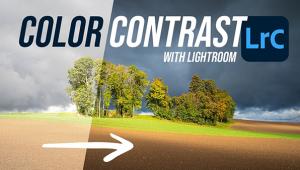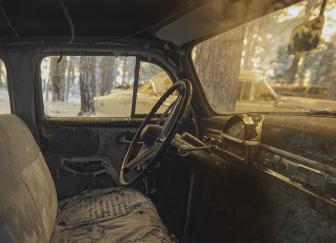Globetrotter
Cruisin’ For Photo Opportunities;Island Hopping Offers A Variety Of Photographic Subjects Page 2

Onboard The Constellation
After my days of shooting on the islands, I'd spend some time in the ship's
The Bar at the Edge of the Earth and in the ship's theater photographing
the Cirque du Soleil performers. Here are two of my favorite photographs:
I took this available light picture of Cirque du Soleil performer Olga with
my Canon EOS-1D Mark II set at ISO 1600, which offers minimal noise even at
high ISO settings. Had I used a low-end compact digital camera, the noise at
even an ISO setting of 400 in the low-light conditions (where noise is more
visible) would have been noticeable. Minimal noise at high ISO settings is one
reason why pros use digital SLRs. In addition, I used my Canon 70-200mm IS lens
for steady shots.

The background was a bit distracting at the ship's The Bar at the Edge
of the Earth because it was filled with people socializing.
Basically, to get a dark background in low-light situations, set the ISO at
100, put the camera on the Program mode, activate the flash in the TTL (Through
The Lens metering mode), and shoot. That's what I did for this photograph.

In low-light situations like this, the background goes dark because when we turn on the flash, the camera usually sets the shutter speed at 1/60 sec (or higher) and sets a medium f/stop--the right shutter speed/f/stop combination for the "correct" exposure of the subject, but one that is too low to expose the background "correctly."
Barbados--If you like photographing wildlife, you'll enjoy a visit to the Barbados Wildlife Reserve. Wild green monkeys (I know, they don't look green), which seem to pose for visitors, are the main attraction. You'll need a telephoto zoom in the 200-400mm range to fill the frame with the monkeys, which come relatively close to visitors. A flash will help you get good shots of the monkeys in the shade. Bring a plastic bag to cover your camera in case it rains. I photographed this monkey with my Canon EOS-1D Mark II, Canon 70-200mm IS (Image Stabilizer) lens, and Canon Speedlite 550EX flash.

Important Photo Tip!
You heard me suggest taking a plastic bag with you when going out shooting in
the tropics. Please heed this advice and stuff a small plastic bag in your pocket
or camera bag. It can make the difference between shooting and not shooting
in the tropics.
Okay, time for me (and maybe you) to plan my next trip.

For more on Celebrity cruises, see www.celebrity.com.
Rick Sammon, our intrepid Globetrotter columnist is the author of 23 books and the host of 20 television programs. His interactive, how-to Photoshop CS CD set is a fast and easy way to learn Photoshop. Visit with Rick at: www.ricksammon.com.
- Log in or register to post comments
